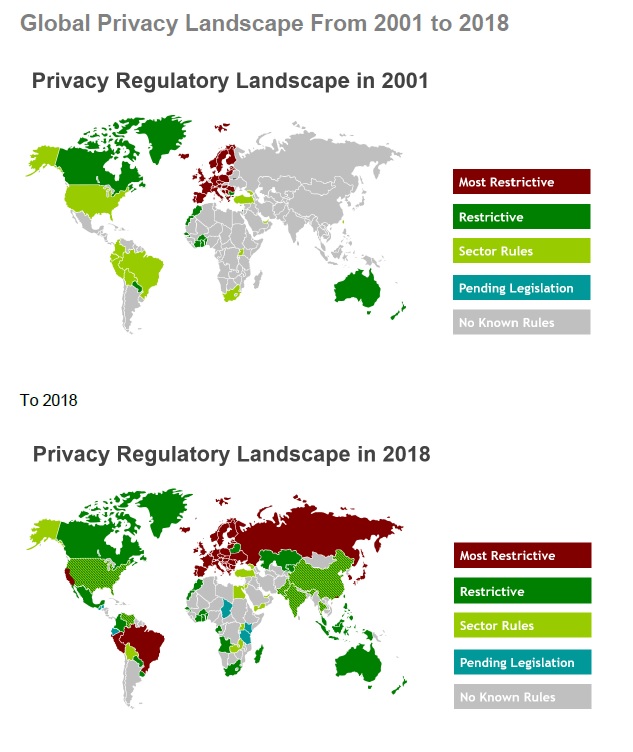Understanding the Scope of Data Privacy
In today’s digital world, our personal information is constantly being collected, used, and shared. From browsing the web to using social media, apps, and online services, we leave a digital trail that companies and organizations can access and utilize. Understanding what data is being collected, how it’s being used, and who has access to it is the first step towards protecting your privacy. This isn’t just about sensitive information like bank details and medical records; it also encompasses seemingly innocuous data like your location, browsing history, and online preferences, all of which can be used to build a detailed profile of you.
The Right to Access Your Data
Many jurisdictions now grant individuals the right to access their personal data held by organizations. This is often referred to as the “right to access” or “right of subject access.” This means you can request a copy of the information a company holds about you. This right empowers you to understand what data is stored, how accurate it is, and how it’s being used. It’s a crucial step in ensuring transparency and accountability from organizations handling your personal information. However, be prepared for a potentially lengthy process; organizations often have a specified timeframe to respond to your request.

The Right to Rectification and Erasure
If you find any inaccuracies in the data held about you, you have the right to have it corrected. This is known as the “right to rectification.” Similarly, the “right to be forgotten” or “right to erasure” allows you to request the deletion of your data under certain circumstances. For instance, if the data is no longer needed, the processing is unlawful, or you withdraw your consent. However, this right isn’t absolute; organizations may have legal grounds to retain the data, such as for compliance purposes. The process often involves a thorough review by the organization before data is erased.
Data Portability: Taking Your Data with You
The “right to data portability” allows you to receive a copy of your personal data in a structured, commonly used, and machine-readable format. This means you can easily transfer your data from one service provider to another. This is particularly useful when switching between different online services, allowing you to easily move your data without having to manually recreate your profile or settings. This right promotes competition and gives consumers more control over their information.
The Right to Restriction of Processing
In certain situations, you have the right to restrict the processing of your personal data. This means you can ask an organization to limit how it uses your data while a dispute is being resolved or until the accuracy of the information can be verified. This right is valuable if you believe your data is being used incorrectly or if you’re challenging the accuracy of the information. It temporarily safeguards your data from further processing until the underlying issue is addressed.
The Right to Object to Processing
You generally have the right to object to the processing of your personal data, particularly if it’s for direct marketing purposes. This allows you to opt out of receiving unwanted communications or having your data used for profiling or automated decision-making that might significantly affect you. This is especially important in preventing spam emails, targeted advertising that you find intrusive, or unwanted profiling based on your online behavior.
Understanding Your Rights in Different Jurisdictions
Data protection laws vary across different countries and regions. While the principles are generally similar, the specific rights afforded to individuals and the enforcement mechanisms can differ. The General Data Protection Regulation (GDPR) in the European Union, for example, sets a high standard for data protection, while other jurisdictions have their own legislation. It’s important to understand the specific laws that apply to your location and the organizations you interact with.
Protecting Your Data: Practical Steps
Beyond understanding your rights, taking proactive steps to protect your data is crucial. This includes using strong passwords, enabling two-factor authentication, being cautious about sharing personal information online, regularly reviewing your privacy settings on various platforms, and staying informed about data breaches and security threats. Being vigilant and proactive is a key element in maintaining your digital privacy.
Seeking Redress for Data Breaches and Violations
If you believe your data privacy rights have been violated, you have avenues to seek redress. This may involve contacting the organization directly, filing a complaint with your local data protection authority, or pursuing legal action. Depending on the severity of the violation and the jurisdiction, you may be entitled to compensation for any damages suffered as a result. Click here to learn about global data privacy regulations.




